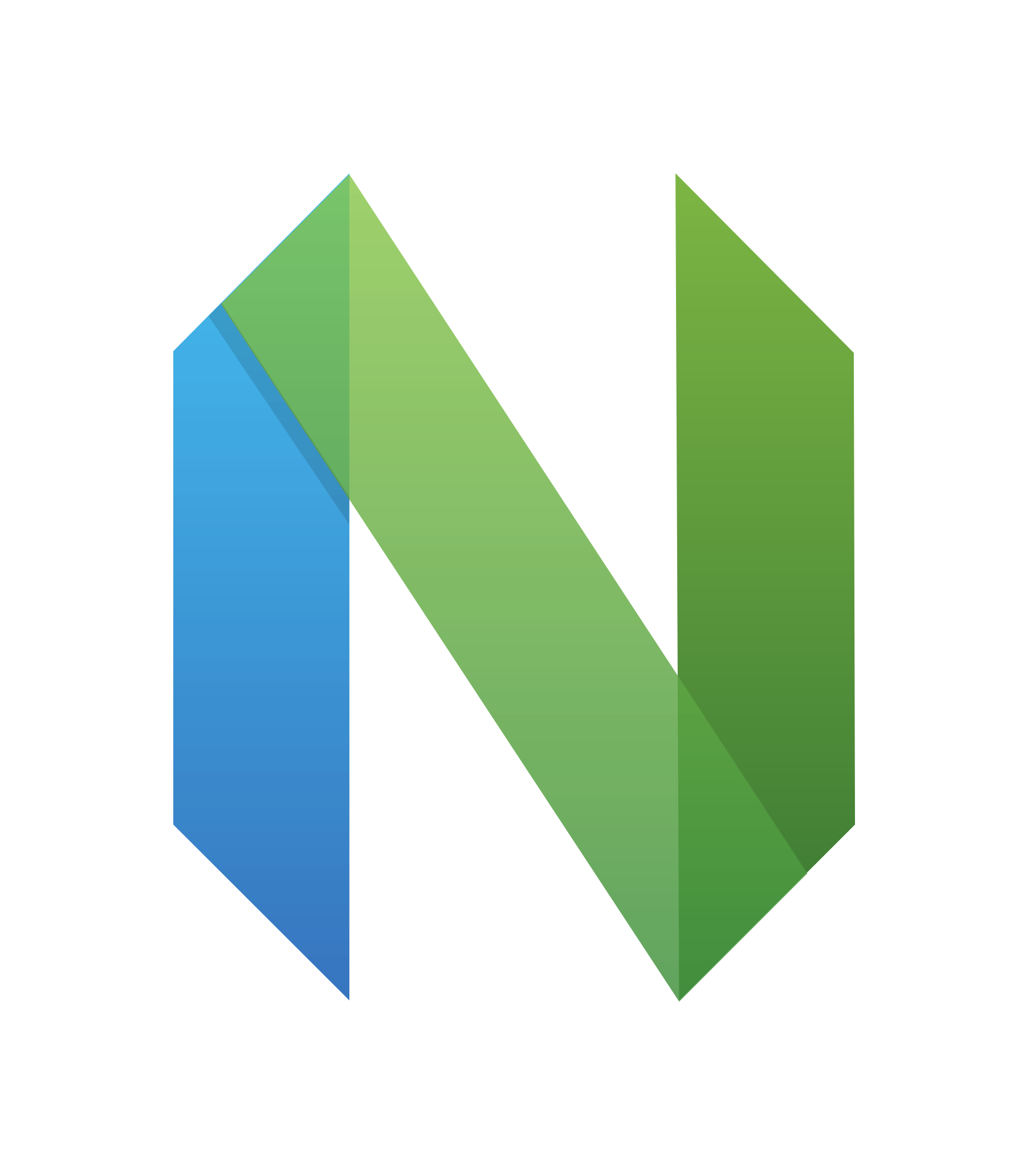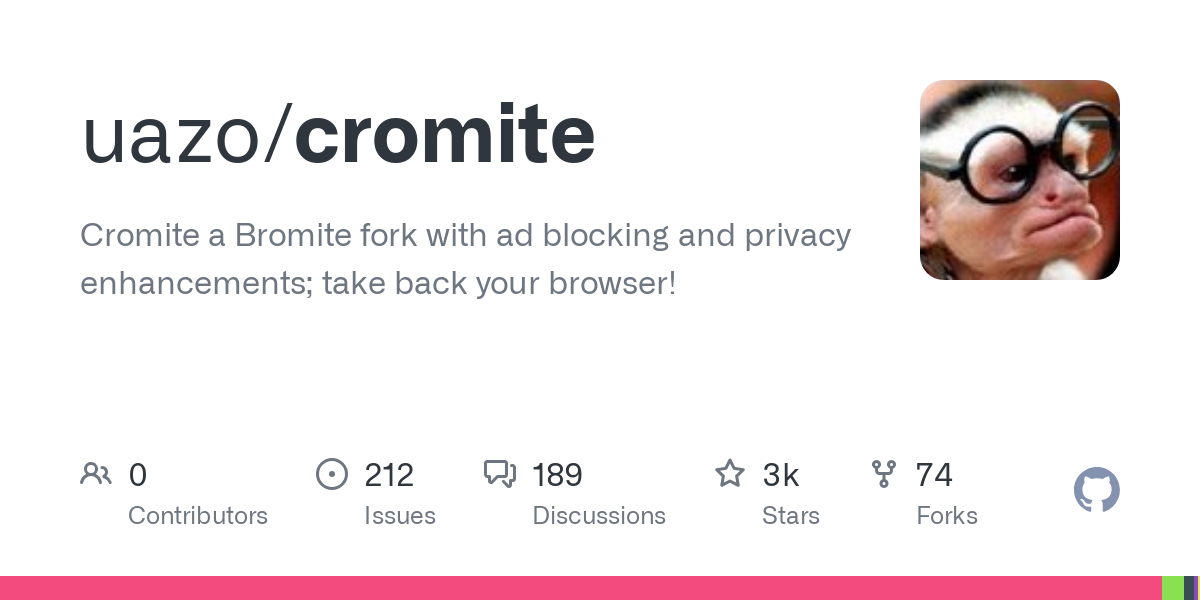ѕєχυαℓ ρσℓутσρє
I fuck numbers.
- 36 Posts
- 178 Comments

 4·8 hours ago
4·8 hours agoIdk why, but I’ve always gotten a eery/weird vibe from Mark Rober. Very similar to what I feel when watching Mr. Beast. Whatever they do, it just feels shallow and disingenuous for some reason.
I simply can’t work with any video playing in front of me. Never. Doesn’t matter how many times I’ve watched it already. Music is fine, but only instrumental. Add lyrics, and I’ll get distracted.

 15·1 day ago
15·1 day agoHe had an argument with my then girlfriend, and stopped talking to me for some reason. We never had any issues or arguments, but he simply won’t reply to me or return my calls. After a while, I gave up. We had been friends for about 7 years at that point.

 25·1 day ago
25·1 day agoI don’t think it’s worth it to argue with a person of such worldview. Maybe someone with more patience than me will reply.

 4·1 day ago
4·1 day agoFor me, the most essentials are definitely:
- PhotoPrism
- Jellyfin
- Navidrome
- Wiki.js

 3·1 day ago
3·1 day agoOn that note, Paris, Texas is a great movie.

 74·1 day ago
74·1 day agoIt’s simply the truth. Go around and ask 20 people if they’ve read a single piece of poetry in the last year, and you’ll see what I’m talking about.
It’s not even being edgy. Most people don’t get high concept art in general, and there’s nothing wrong about it. I certainly don’t understand classical dance, or abstract paintings. You need some degree of competence in any art form to truly appreciate it. To think otherwise is incredibly arrogant.

 81·2 days ago
81·2 days agoWhat are you talking about? Everyone hates Nintendo for this shit.

 18·2 days ago
18·2 days agoNo war but class war.
Hate this shit. I remember being a kid. It was torture. I was cut some slack since my academics were really good. But it was still a pain.
I don’t think it’s feminism at that point. It’s misandry. I know many women who don’t understand the difference, but they’re not the same.

 17·5 days ago
17·5 days agoI’m the mod. It’s partially my fault since I’ve never really done anything to promote it. I’d love for others to join the mod team if they have more experience with this stuff.

 1·5 days ago
1·5 days agodeleted by creator
Oh, sorry your highness. OP must be punished.

 9·6 days ago
9·6 days agoNone of the things you mentioned sounds even remotely plausible though. 🥲

 10·6 days ago
10·6 days agoYes, electoral college should be abolished. It’s probably not gonna happen though, so this is a temporary band-aid solution that many states have implemented.
Oklahoma City. It’s just a worse version of Dallas.

 515·7 days ago
515·7 days agoNice try, FBI.

 1·7 days ago
1·7 days agoThe script you provided works as expected for me. I’m on Arch, so the binary is called
perl-rename, but no other modification is needed.



















You might find better luck using atmospheric noises à la rain.today or Noice. They’ve been pretty helpful for me in some situations.